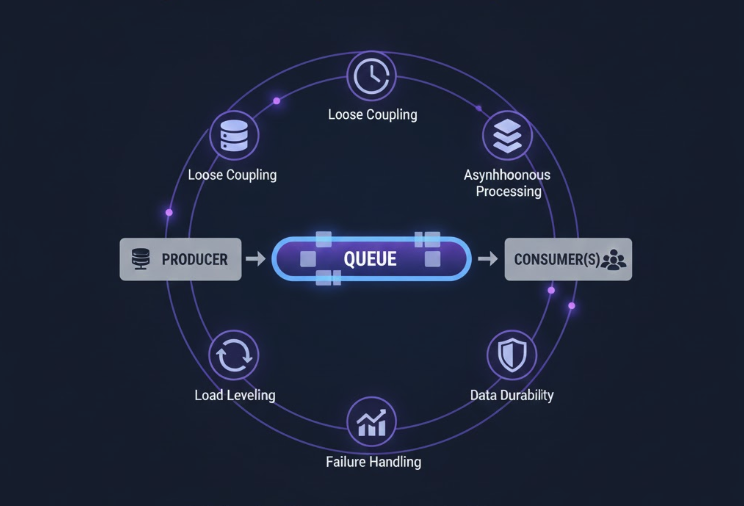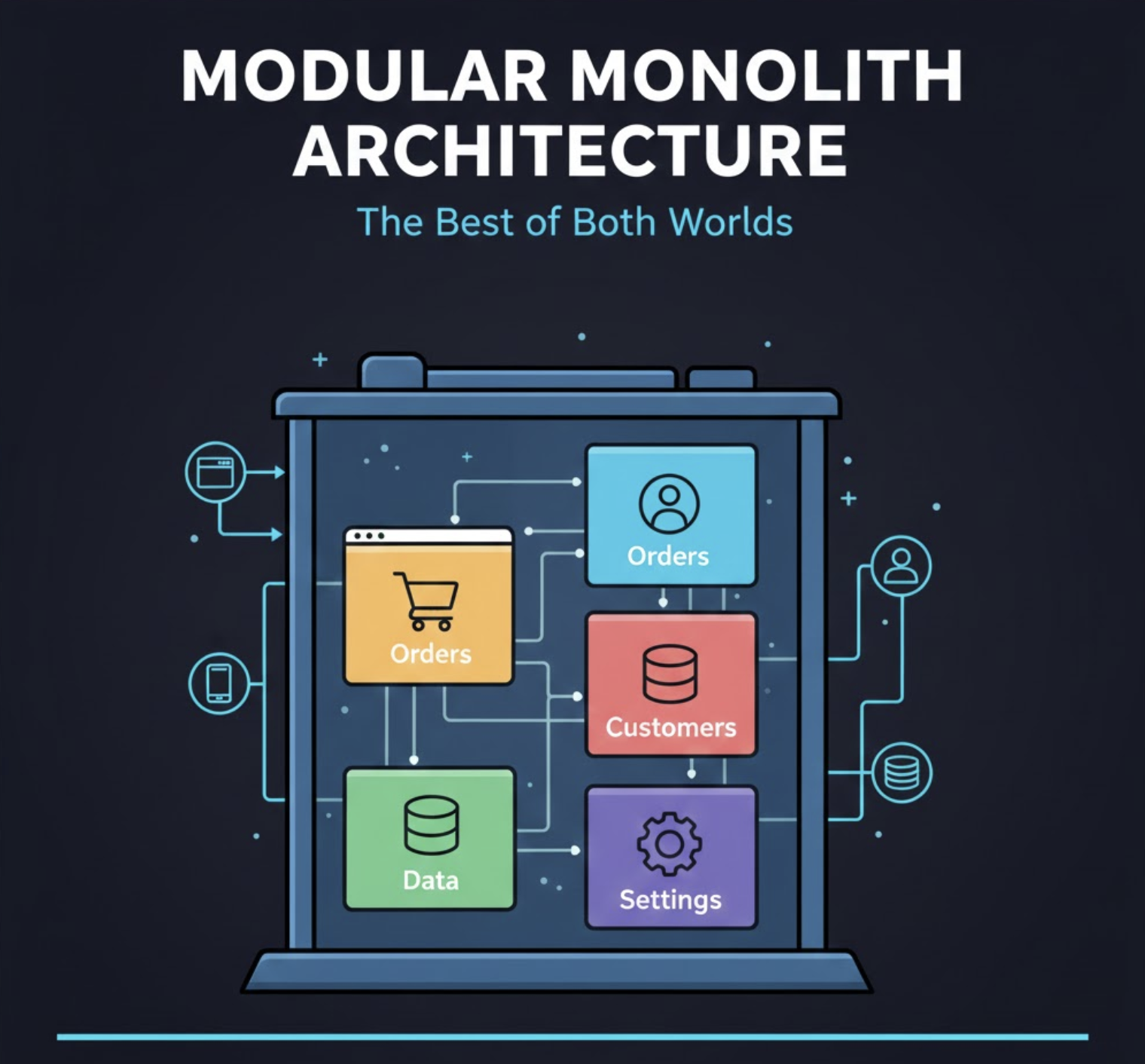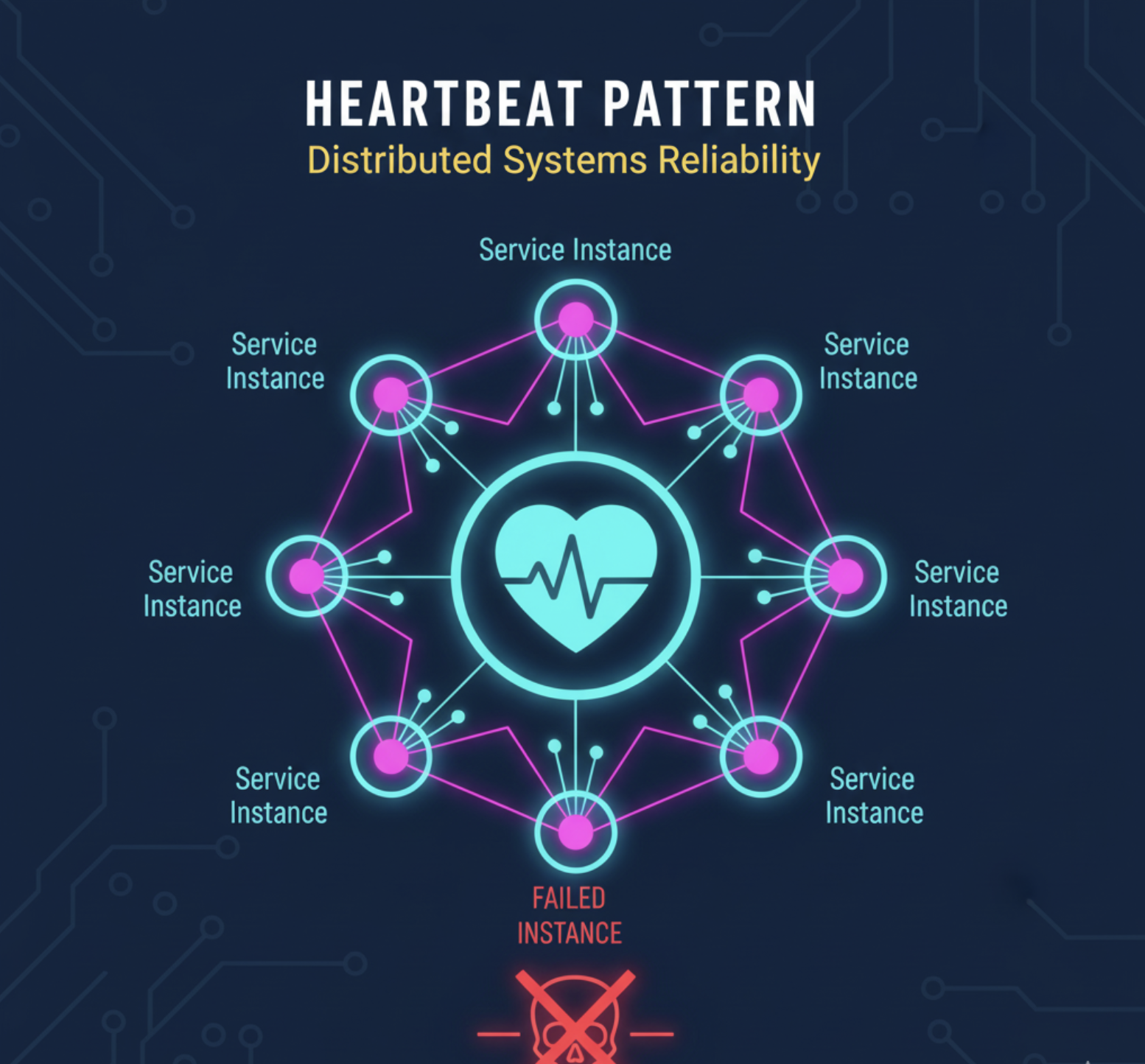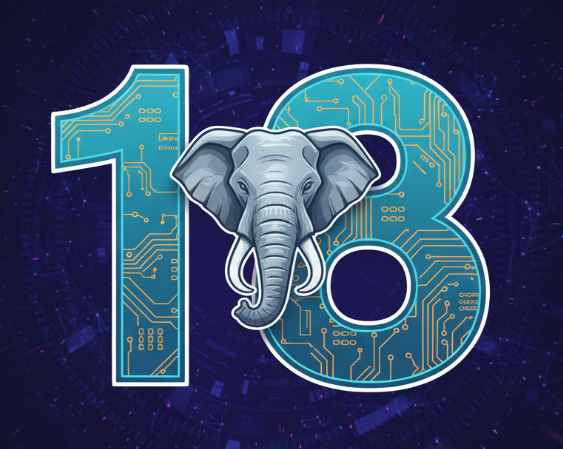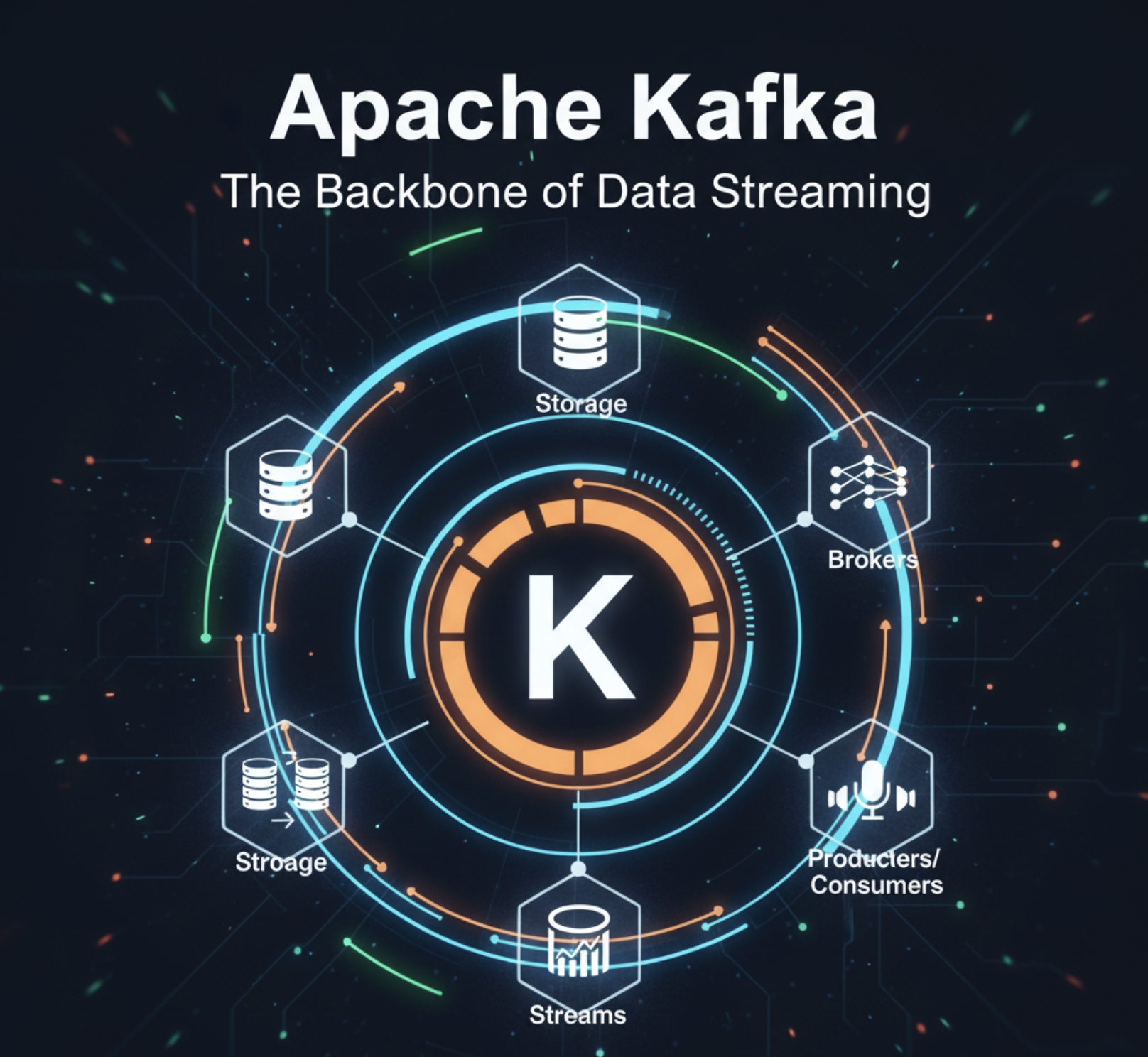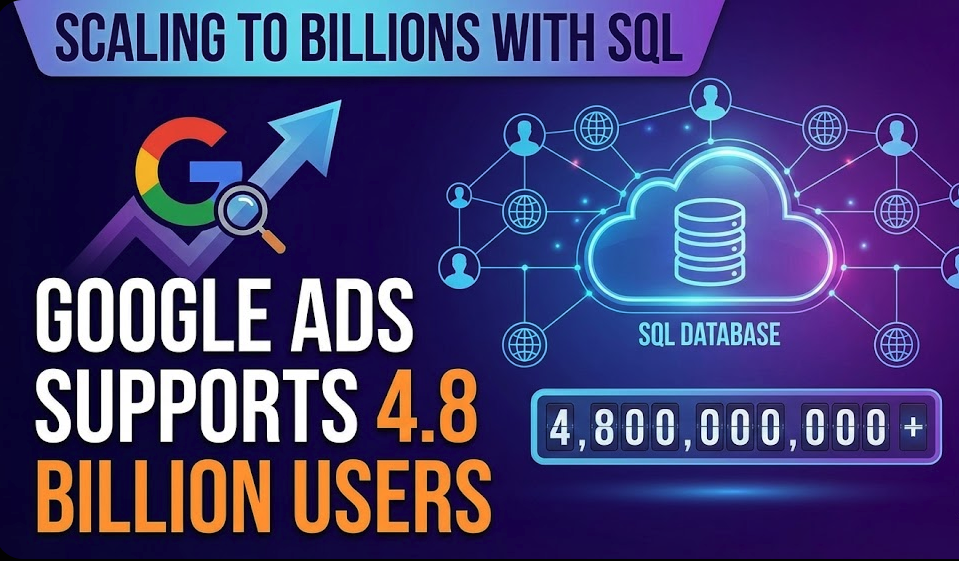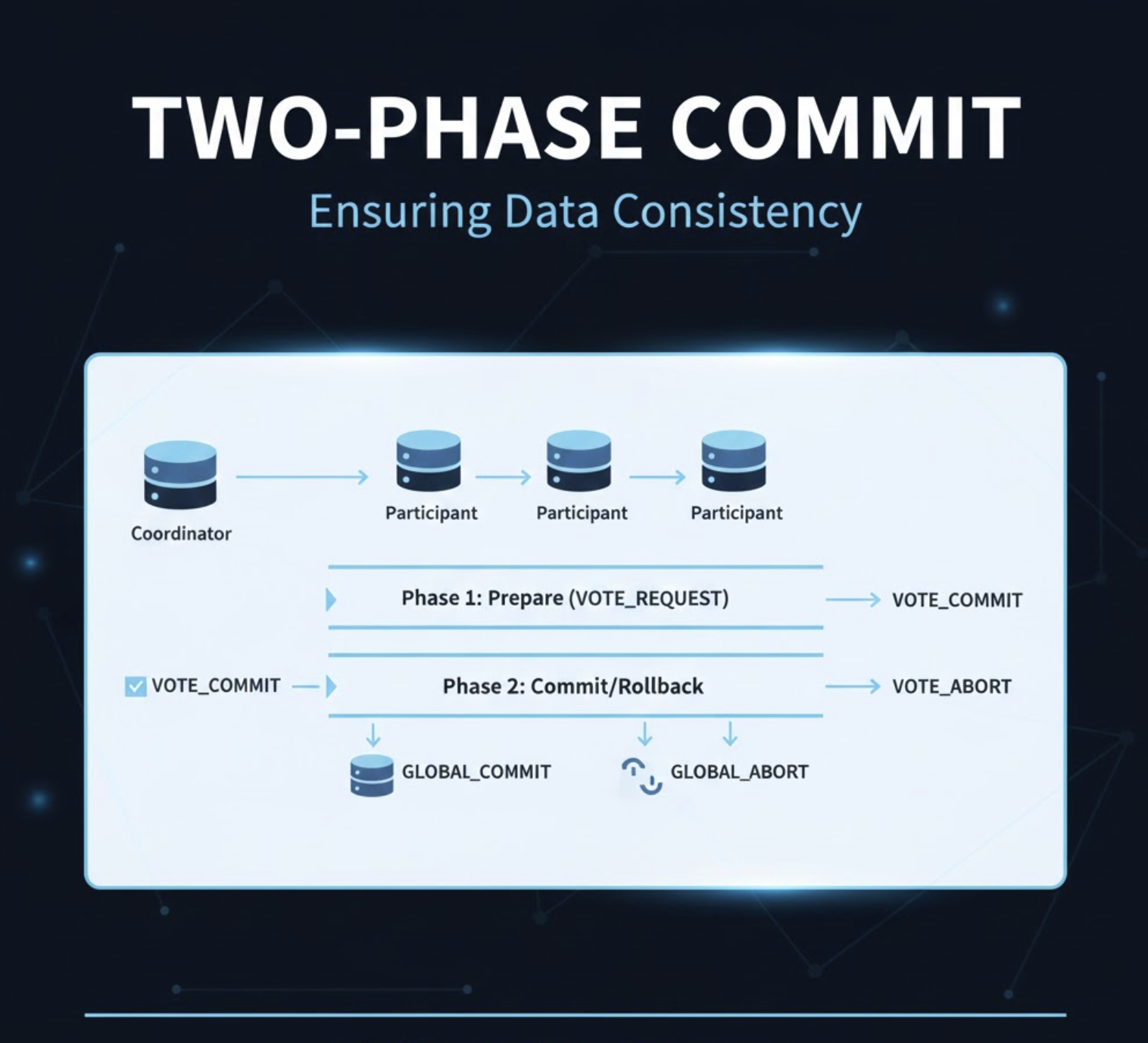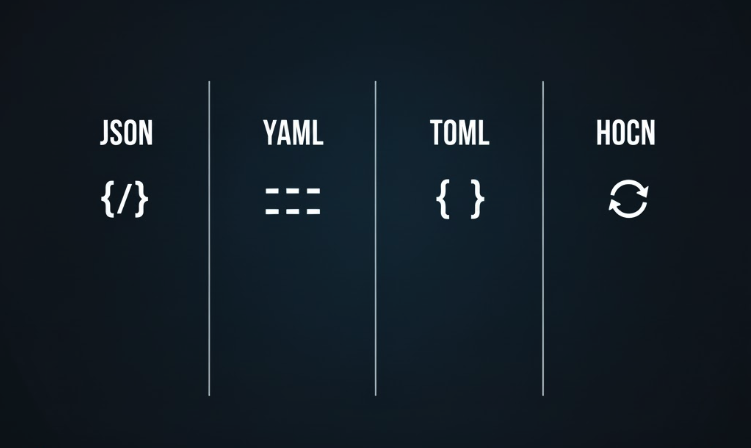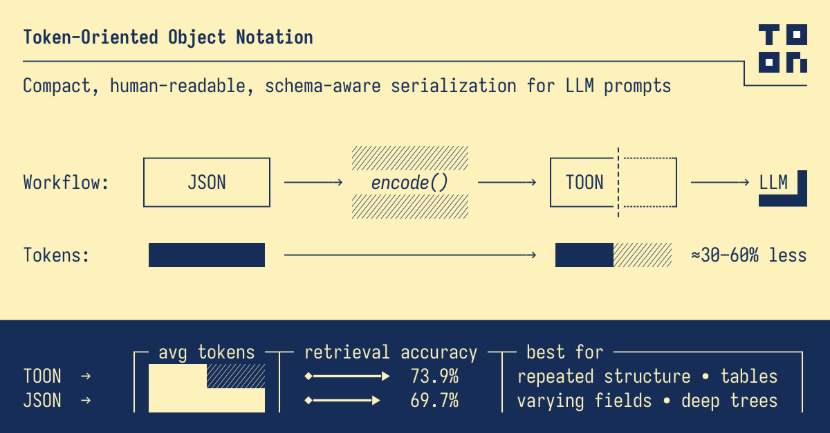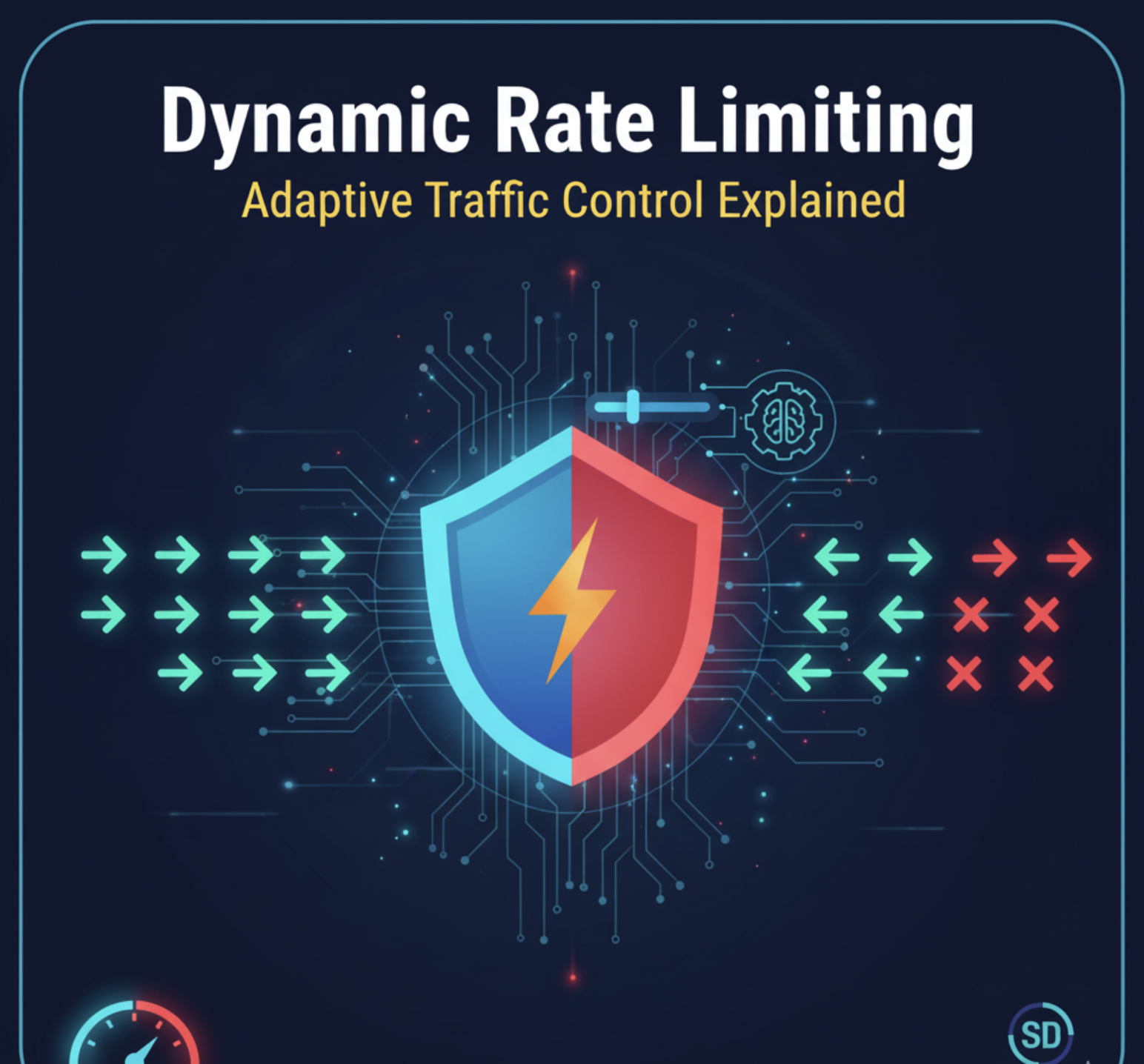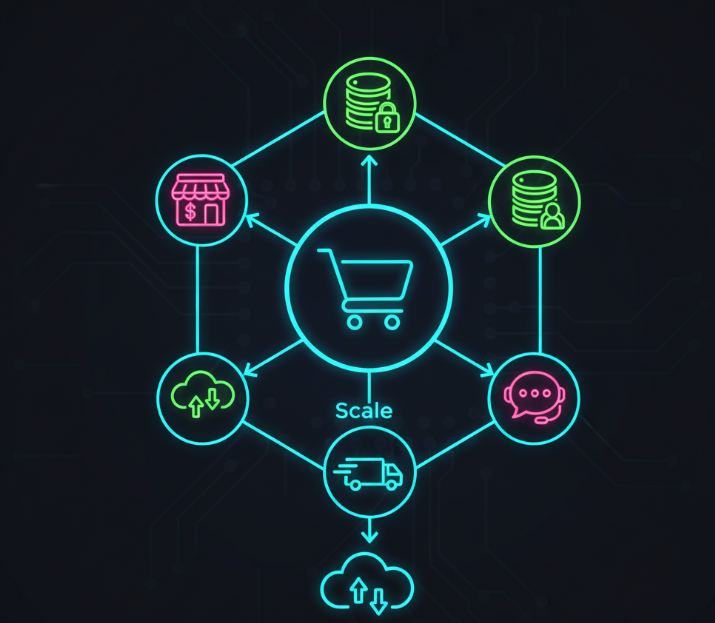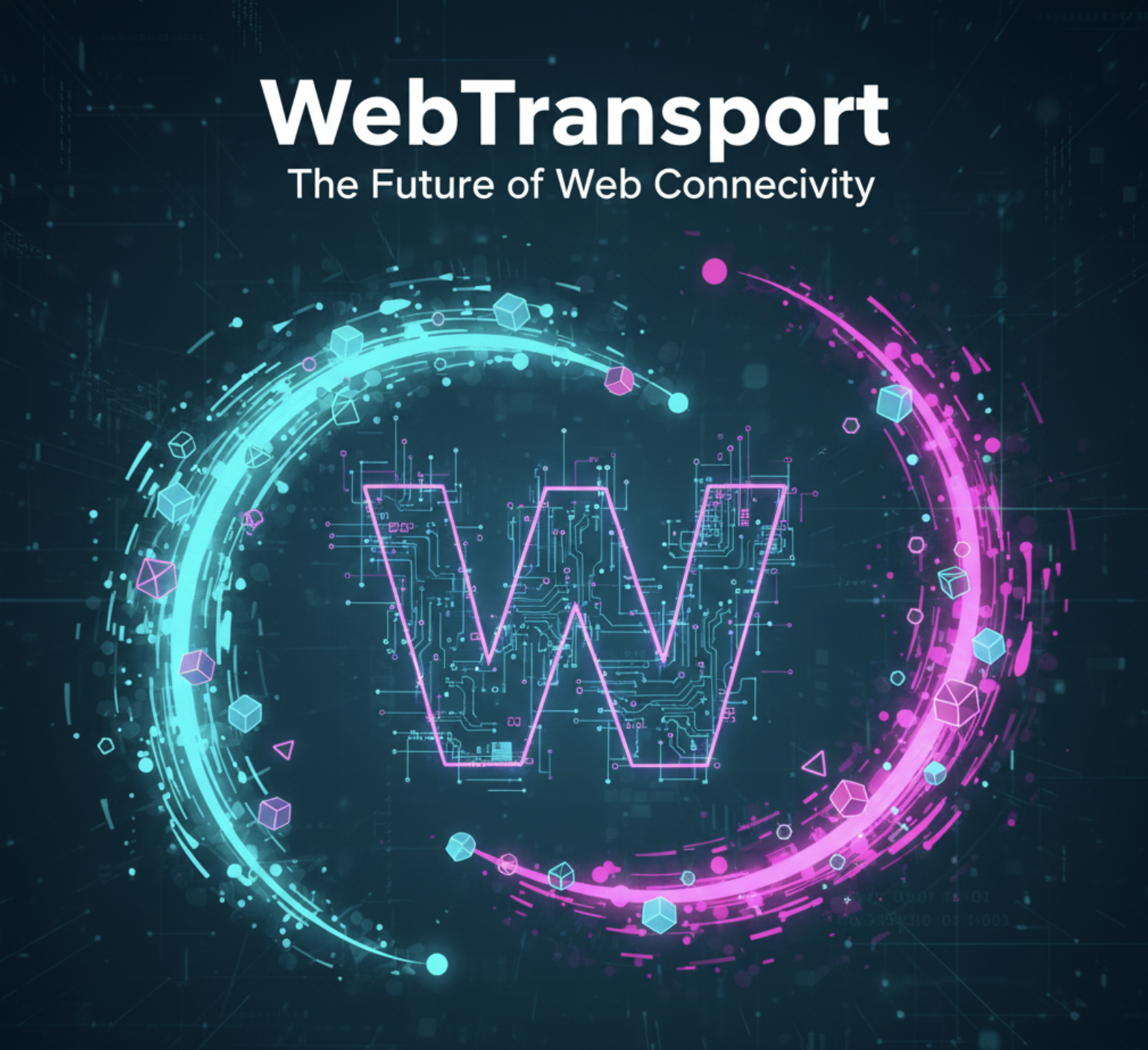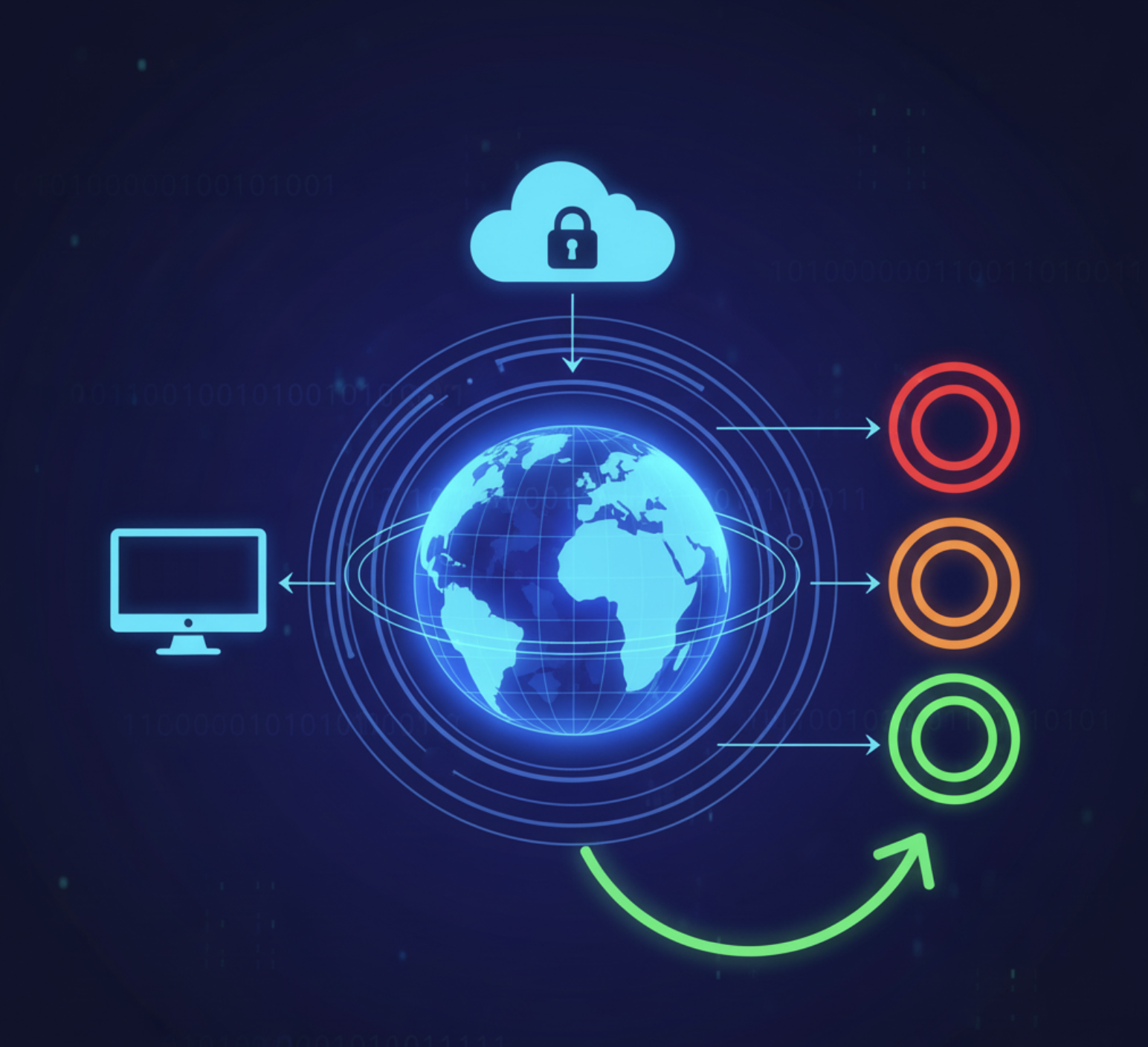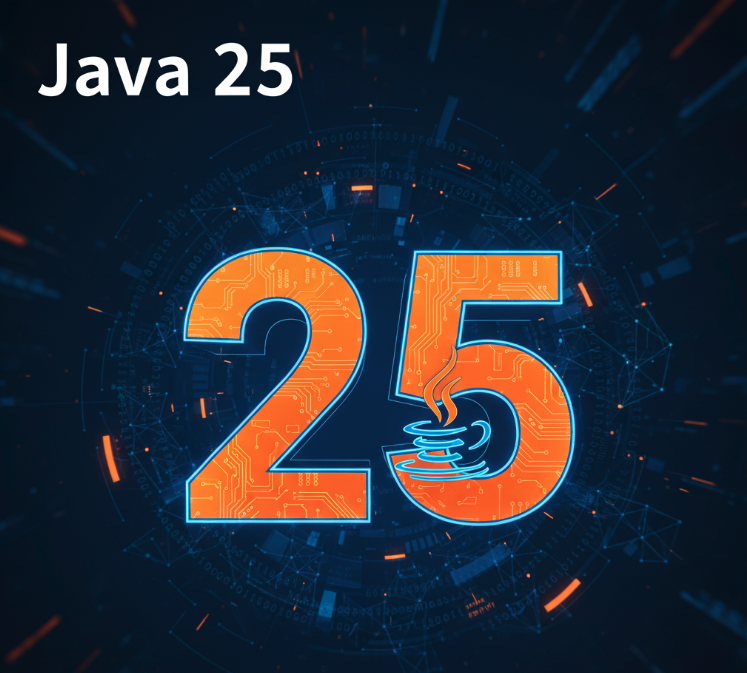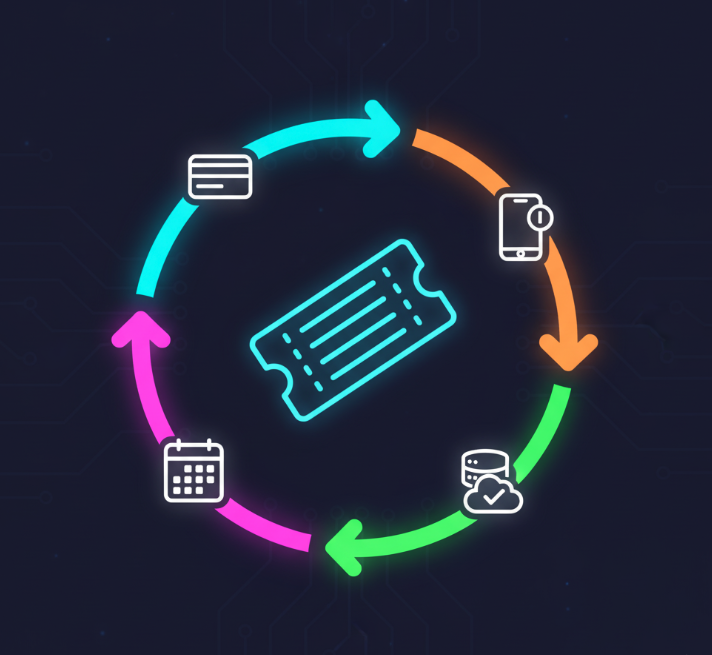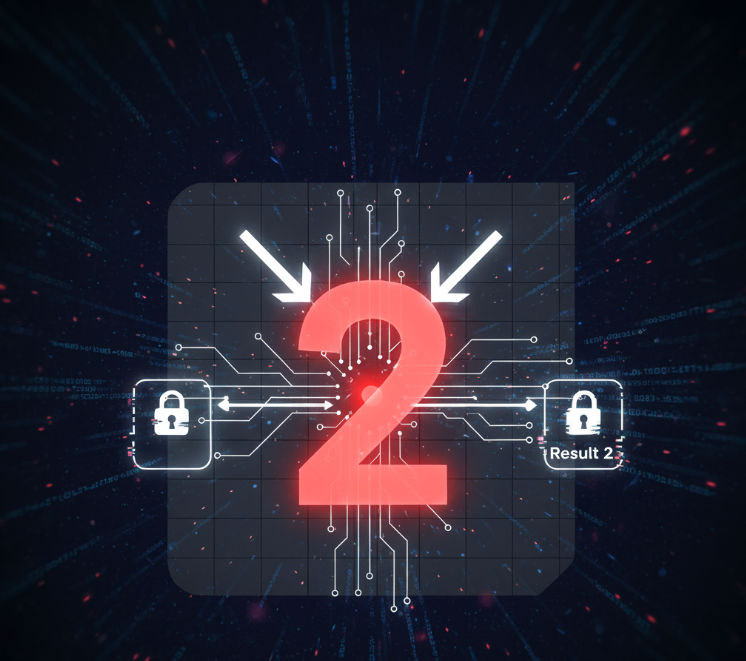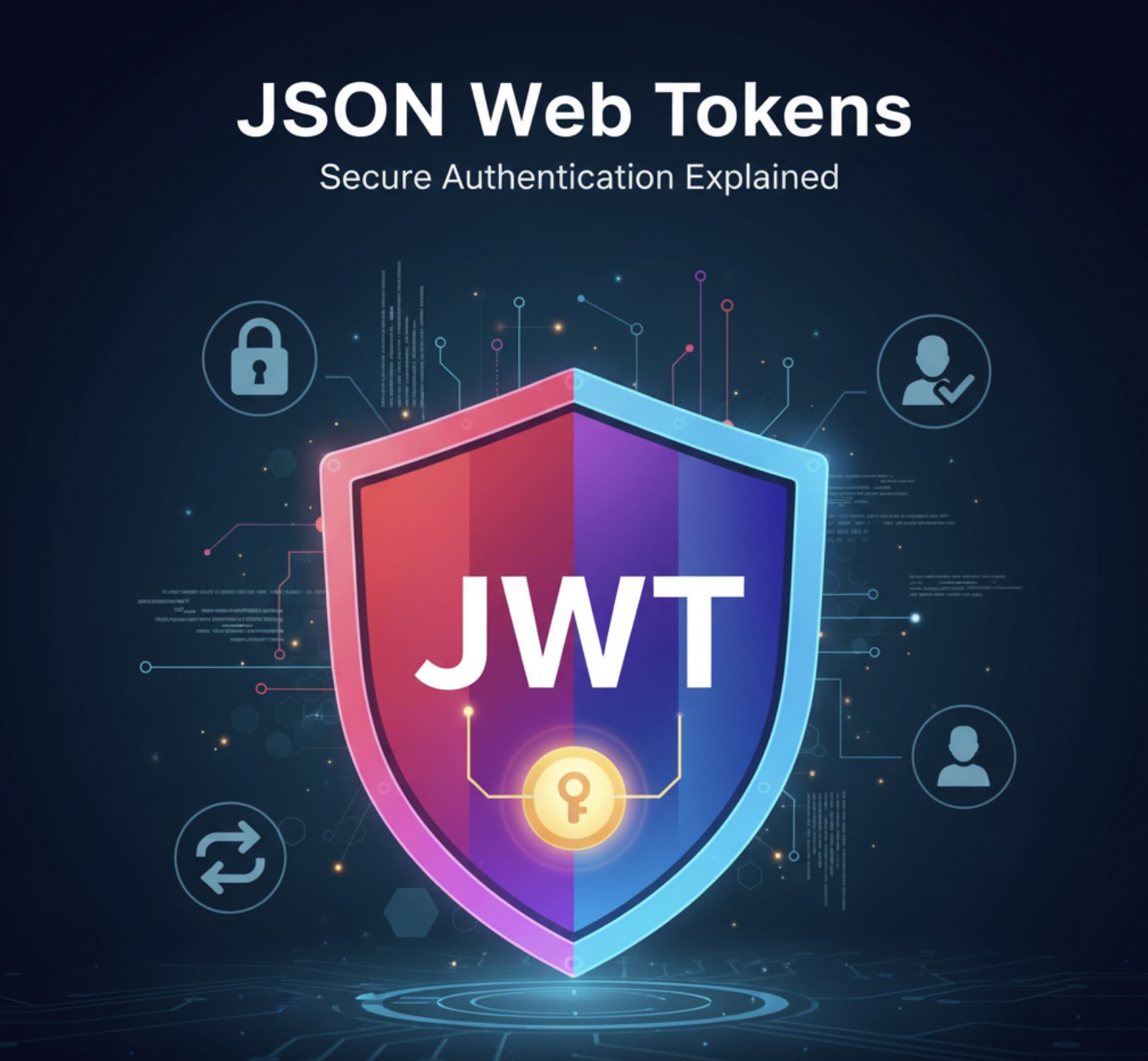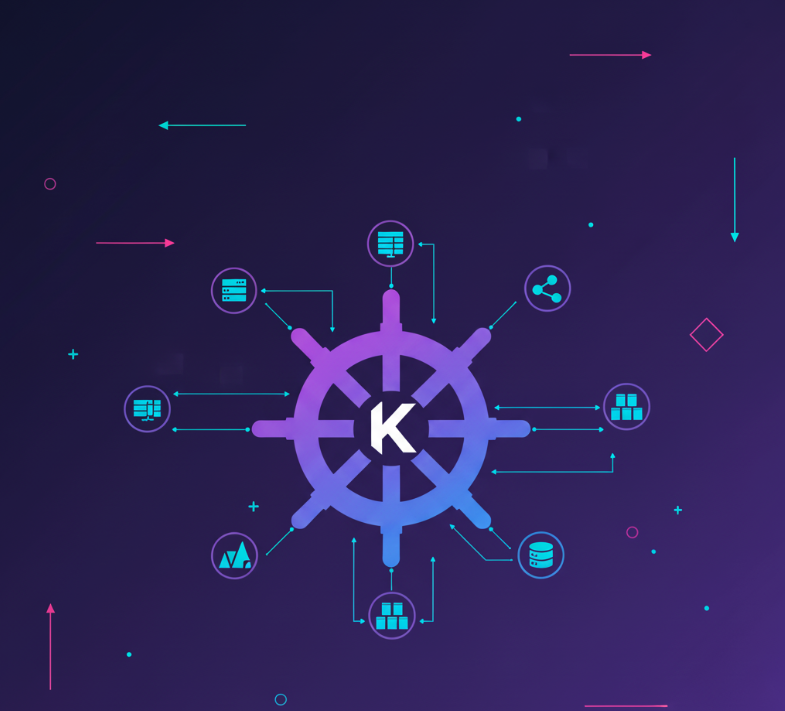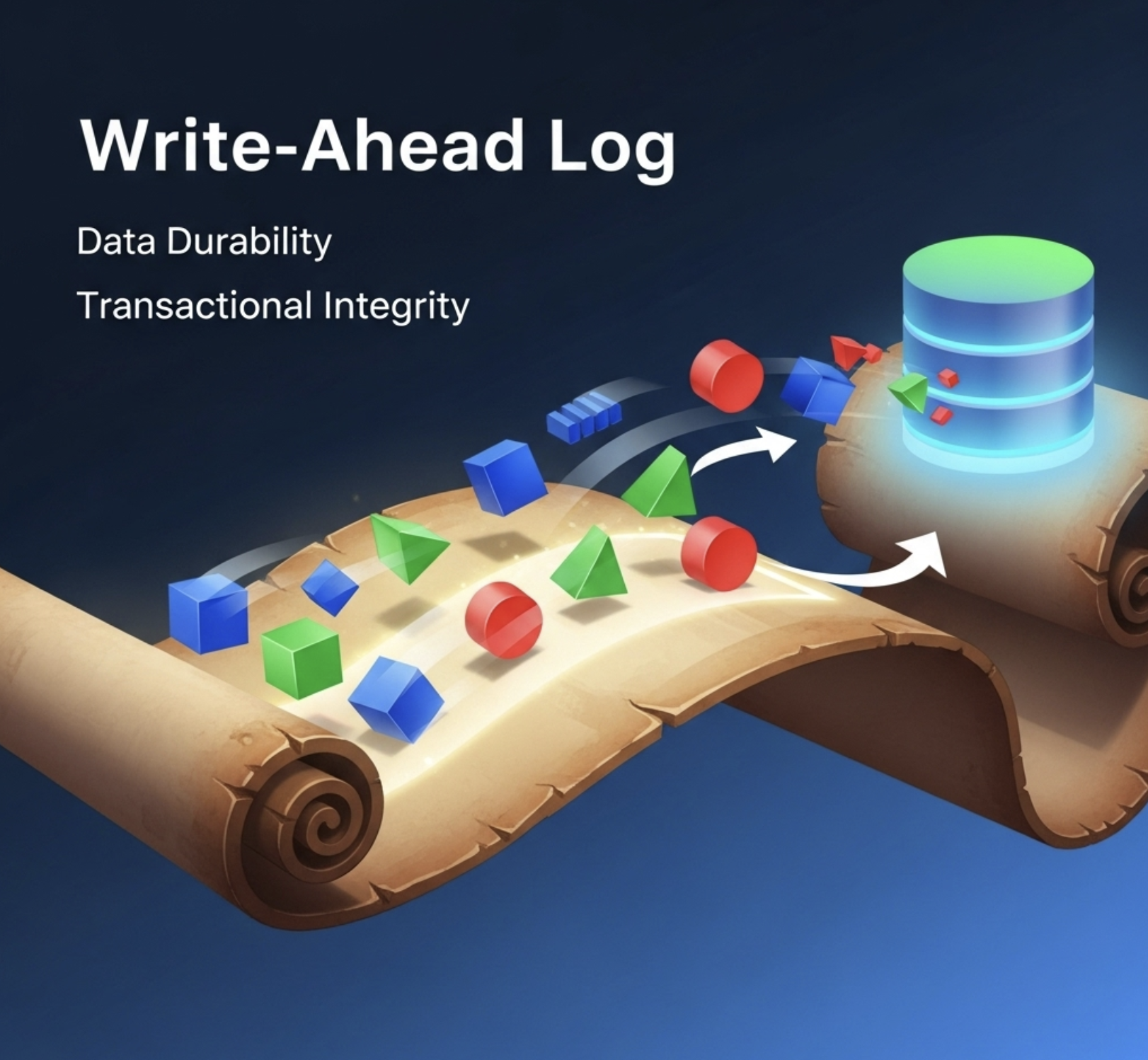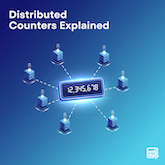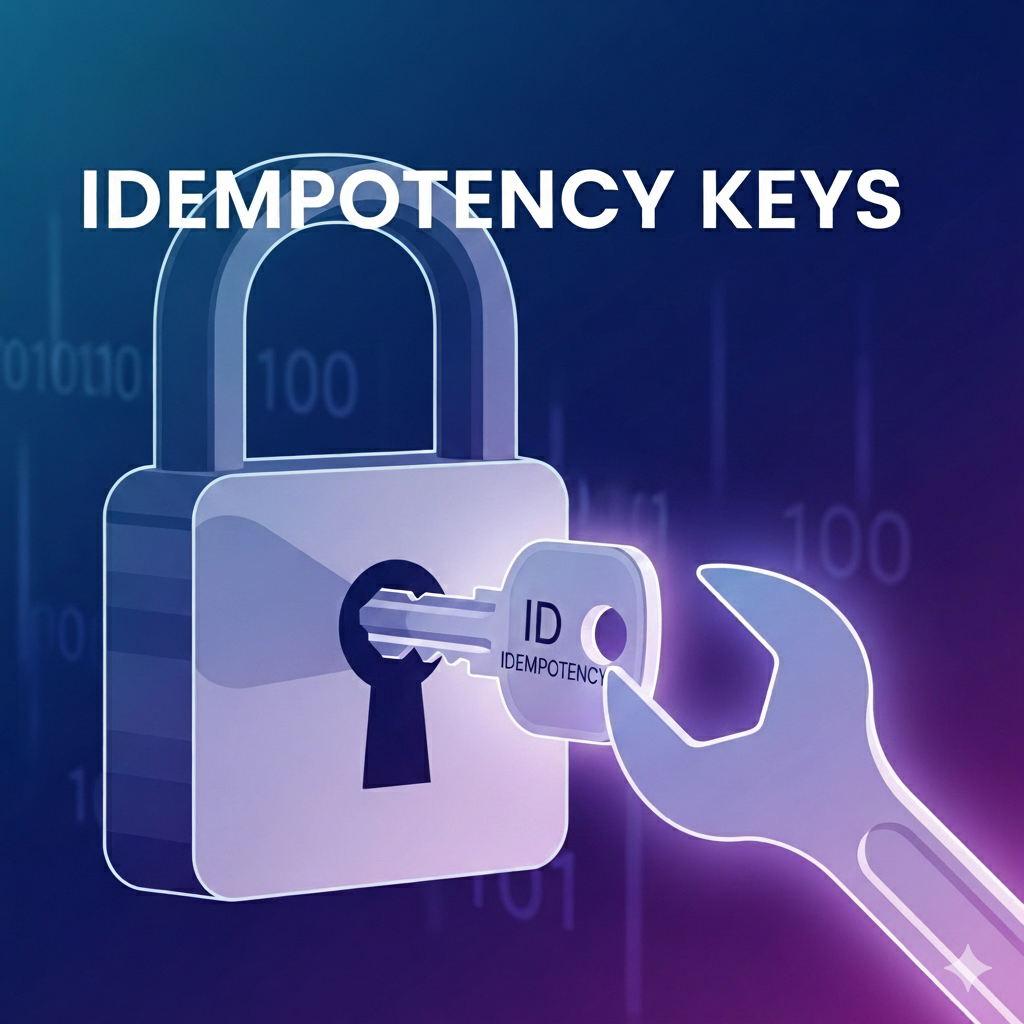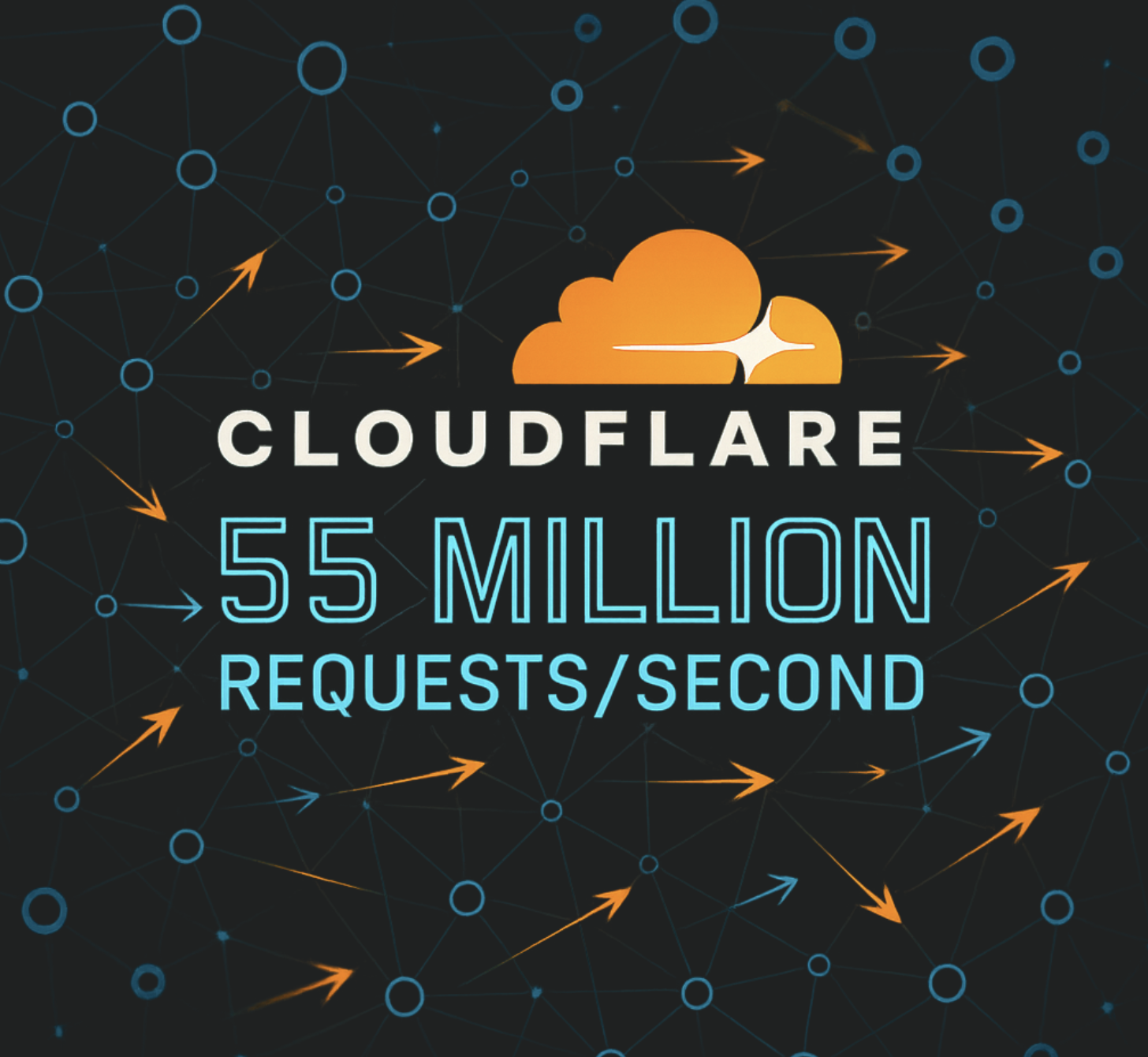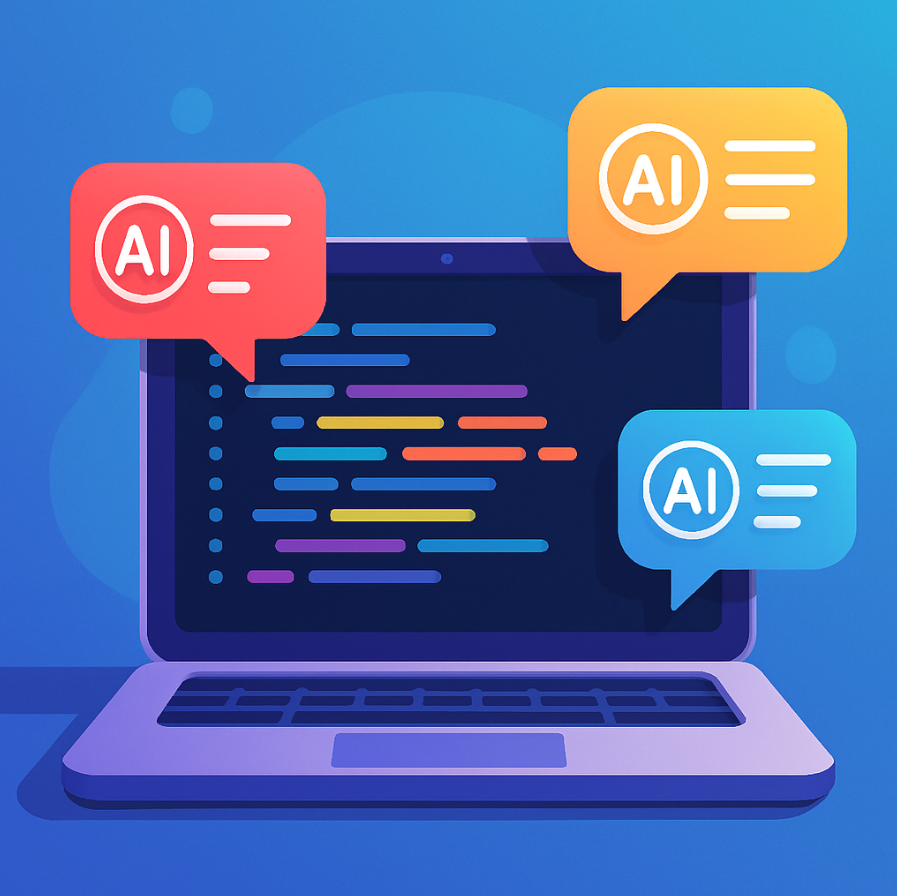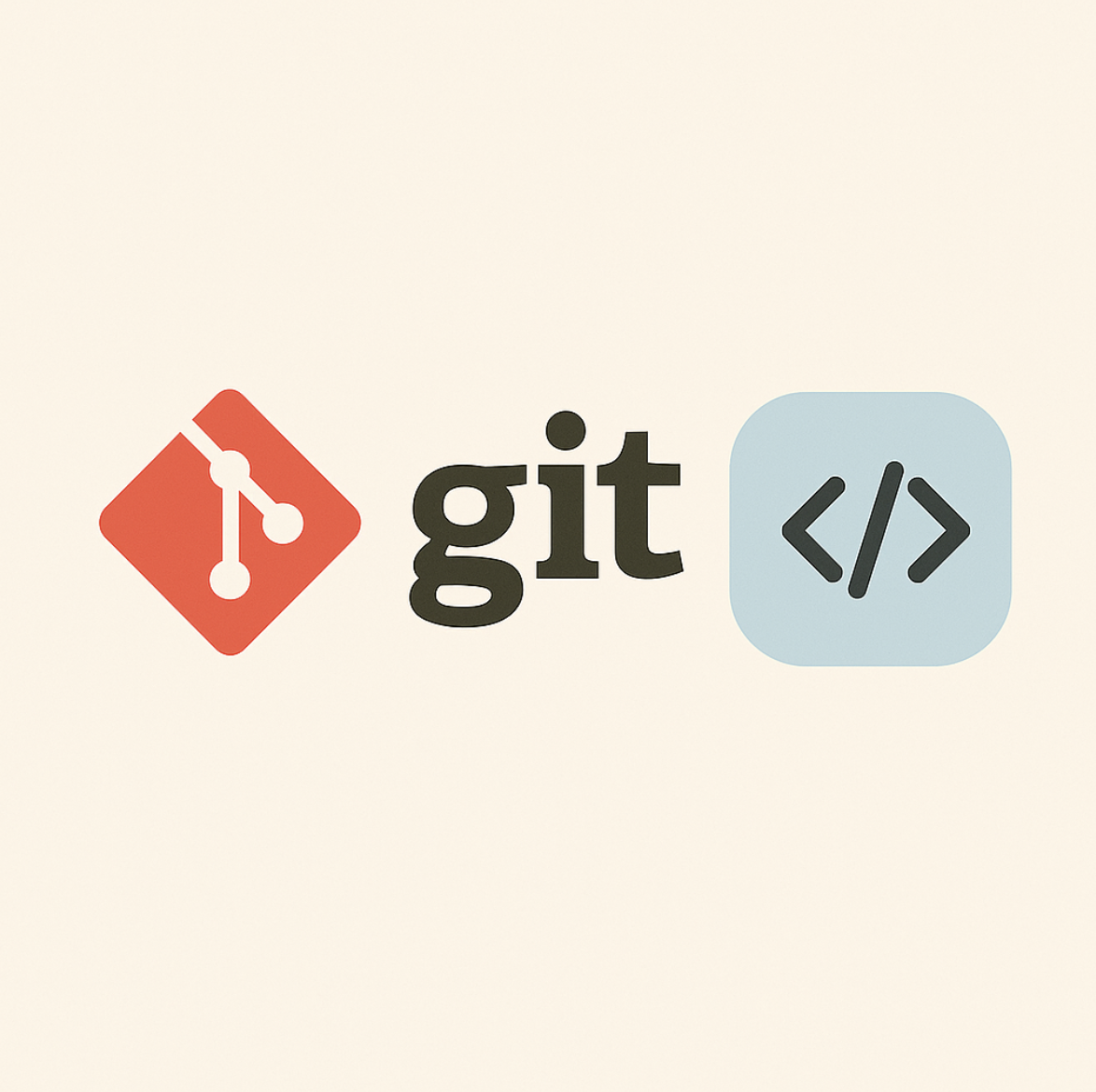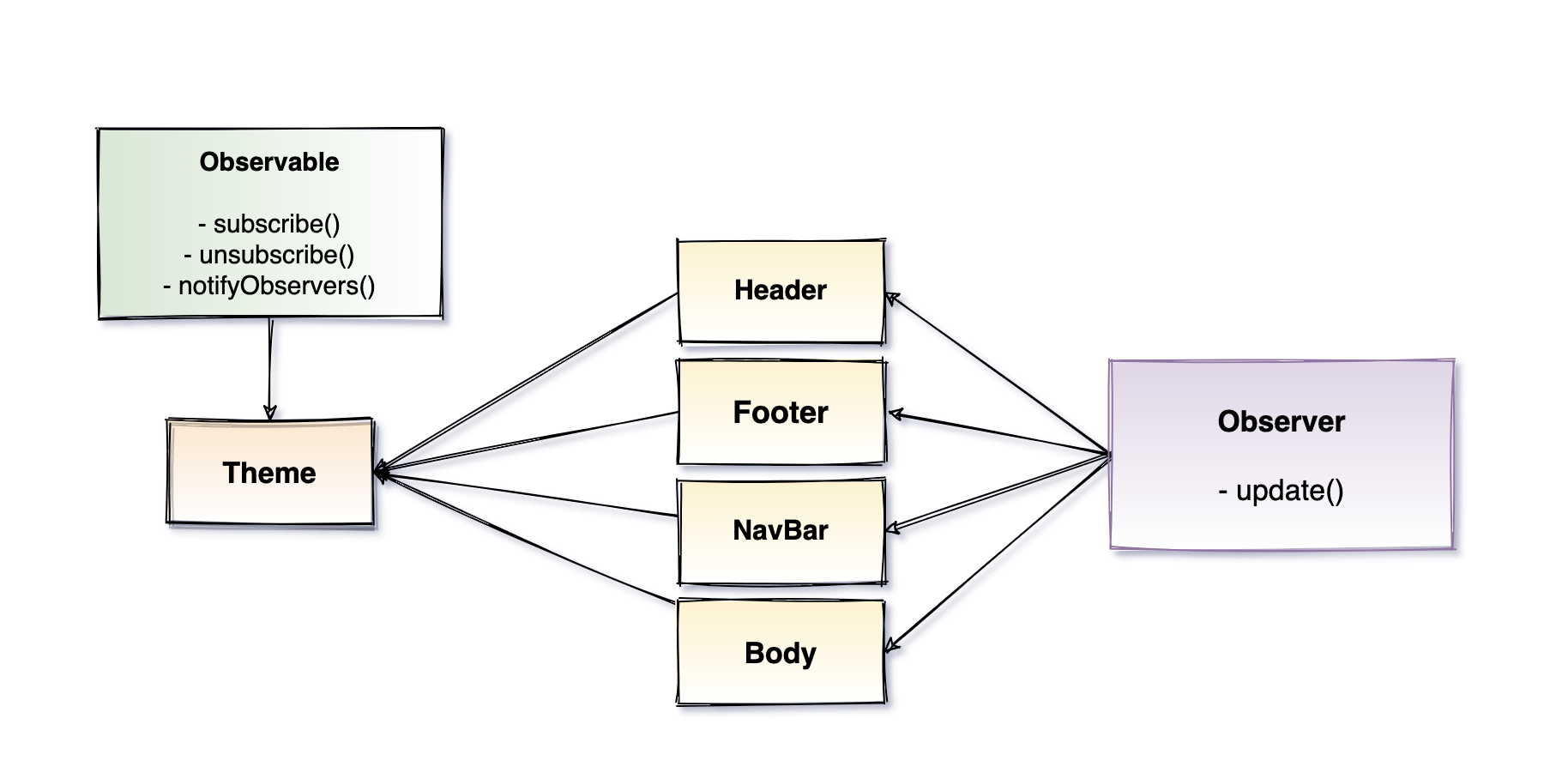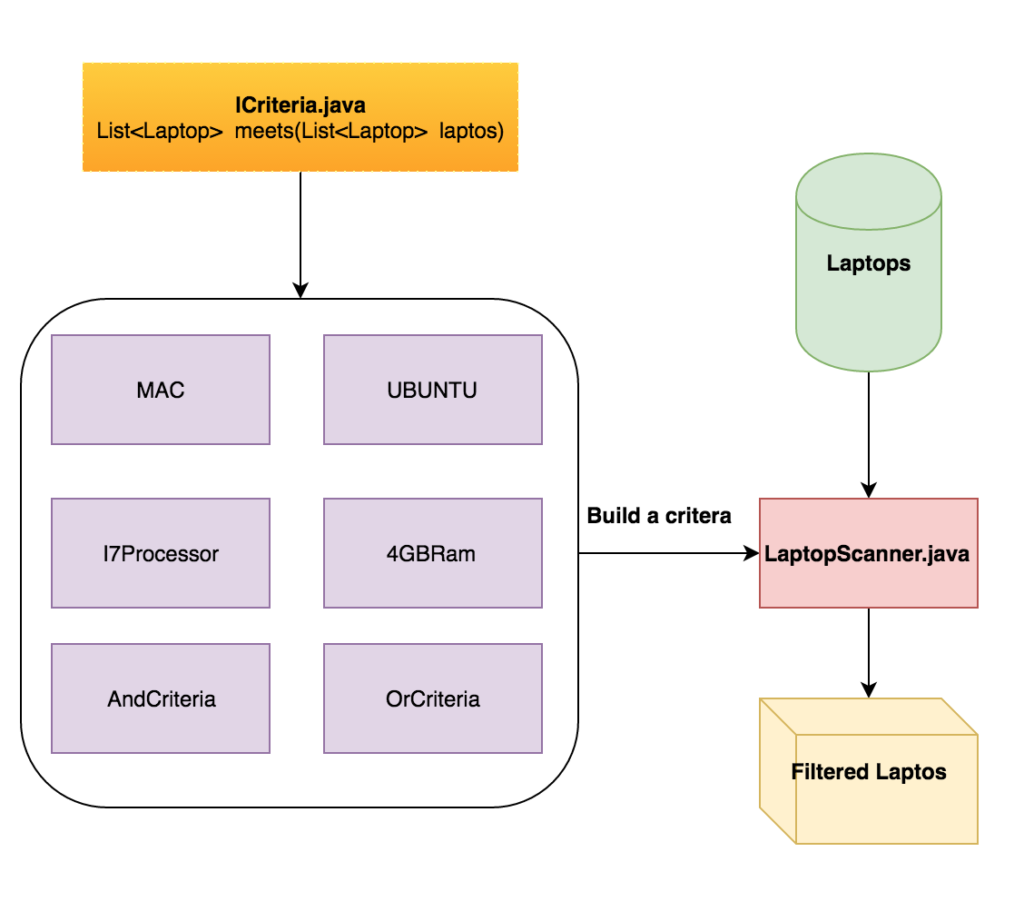This week delivered some truly seismic shifts in the developer world. From OpenAI’s latest model hitting your IDE to one of tech’s biggest leadership changes, here’s what kept us glued to our feeds:
🚀 GPT-5 lands in GitHub Copilot - 🌐 OpenAI’s most advanced reasoning model is now available in your favorite IDE, and developers are already building games in under 60 seconds with it.
💔 GitHub CEO Thomas Dohmke steps down - 🌐 After guiding GitHub through the AI revolution and the launch of Copilot, Dohmke announced his departure to return to his startup roots.
🛡️ Anthropic’s Claude gets conversational boundaries - 🌐 Claude Opus 4 and 4.1 can now end conversations in extreme cases of harmful interactions - not to protect users, but potentially to protect the AI model itself.
🛠️ Developer Tools & Platforms
GitHub Copilot Gets a Major Brain Upgrade
The integration of GPT-5 into GitHub Copilot isn’t just an incremental update - it’s a paradigm shift. The new model brings significantly improved reasoning capabilities, and what’s impressive is the speed. Despite being a reasoning model, responses are coming back almost instantly.
The real game-changer is the spec-driven development approach that GPT-5 enables: ask for product requirements first, then simply say “build this.” The model makes smart technology choices and delivers functional prototypes in minutes, not hours.
Key features:
- Available in ask, edit, and agent modes in VS Code
- Enterprise admins need to opt-in for business/enterprise users
- Natural language iteration makes refining code incredibly fluid
GitHub MCP Server: Natural Language Meets Automation
The Model Context Protocol (MCP) server is turning GitHub interactions into conversational workflows. Setting up takes under 5 minutes, and once configured, you can:
- Create repositories with natural language commands
- Generate bulk GitHub issues from brainstorming sessions
- Automate branch creation and PR workflows
- Handle Git operations without leaving your IDE
This isn’t just about convenience - it’s about maintaining flow state while building. When your AI assistant can keep up with your thought process, the entire development experience becomes more fluid.
☁️ Cloud & Infrastructure
Tech Giants Battle Power Grid Challenges
Big Tech’s AI data centers are driving up electricity bills for everyone as companies attempt to reshape power grids to meet AI infrastructure demands. 🌐 The race to fuel modern AI technology is creating local battles over who foots the bill for new energy infrastructure.
Intel Gets Government Attention
The US government is reportedly considering taking a stake in Intel following President Trump’s meeting with Intel CEO Lip Bu-Tan. 🌐 This could provide Intel a much-needed lifeline as the company faces layoffs and project cancellations.
🔐 Security & Privacy
Bluesky Preps for Age Verification
Bluesky’s updated terms of service include new provisions for age assurance, building on their existing age verification system in the UK. 🌐 The platform is proactively preparing for regulatory requirements that may spread globally.
Norwegian Infrastructure Under Attack
Norway’s spy chief blamed Russian hackers for hijacking a dam, marking another escalation in cyber warfare targeting critical infrastructure. 🌐 These attacks highlight the vulnerability of industrial control systems to state-sponsored hacking groups.
🤖 AI & Machine Learning
The AI Safety Reality Check
Anthropic’s decision to give Claude models the ability to end conversations represents a fascinating shift in AI safety thinking. The company openly admits uncertainty about whether AI models have “moral status,” but they’re implementing protective measures just in case.
This “just-in-case” approach to AI welfare is sparking debates about consciousness in AI systems and what it means to protect a model from “distress.” Whether you buy into AI consciousness or not, it’s clear that AI safety is moving beyond protecting humans from AI to potentially protecting AI from humans.
Sam Altman Addresses the AI Bubble
OpenAI’s CEO confirmed what many suspected: “yes,” AI is in a bubble. 🌐 But bubbles aren’t necessarily bad - they can drive innovation and infrastructure development that lasts long after the hype dies down.
Apple Watch Blood Oxygen Returns
Apple released iOS 18.6.1 and watchOS 11.6.1, bringing back Blood Oxygen monitoring for Apple Watch Series 9, Series 10, and Ultra 2 users in the US. 🌐 This is a workaround for the ITC import ban, showing how legal battles can impact product features.
💻 Languages & Frameworks
Vue.js Looks to the Future
Vue.js creator Evan You joined the Stack Overflow podcast to discuss the framework’s evolution over the past decade, potential AI integrations, and the sustainability challenges facing open-source projects. 🌐 His insights on balancing innovation with community needs offer valuable lessons for any framework maintainer.
Python JIT Performance Woes
Python’s new JIT compiler has been experiencing performance issues, creating unexpected slowdowns in some applications. The Python core team is working on fixes, but it’s a reminder that even promising performance improvements can introduce new problems.
📊 The Numbers Game
- 20+ million GitHub Copilot users and counting
- 150+ million developers now on GitHub
- 1 billion+ repositories and forks on the platform
- 3 billion minutes per month powered by GitHub Actions (up 64% year-over-year)
- $2 billion generated by ChatGPT’s mobile app to date
🎯 Developer Perspective
This week felt like a turning point in how we interact with our development tools. The combination of GPT-5’s reasoning capabilities and GitHub’s MCP server is pushing us toward a future where natural language becomes a primary interface for complex development workflows.
Thomas Dohmke’s departure from GitHub marks the end of an era. Under his leadership, GitHub transformed from a code hosting platform into the epicenter of AI-powered development. His decision to return to startup life suggests he sees the next big opportunity outside the traditional tech giants.
The AI safety discussions around Claude’s conversation-ending capabilities might seem abstract now, but they’re laying the groundwork for how we’ll interact with increasingly sophisticated AI systems. Whether or not AI models deserve protection, the frameworks being developed today will shape AI governance for years to come.
What’s your take? Are we moving too fast with AI integration, or not fast enough? How do you feel about AI models potentially having “rights” or “welfare”?
Got thoughts on any of these stories? Found something we missed? Leave a comment below.
